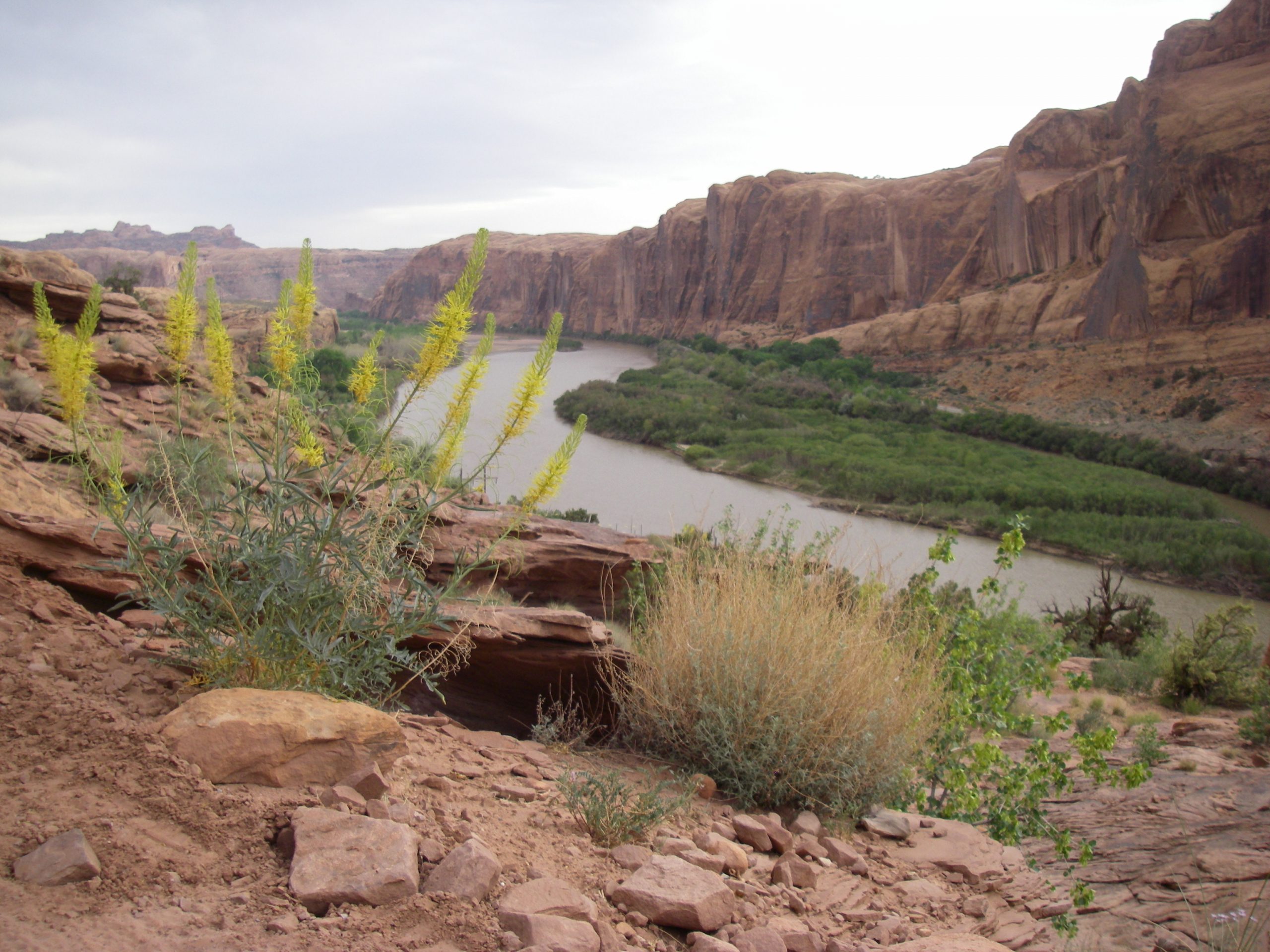White House Announces Support for Colorado River Conservation
In May 2023, representatives from three states within the Colorado River Lower Basin convened to develop a strategy aimed at conserving the river and alleviating the impacts of the persistent drought. Led by the governors of Arizona, California and Nevada, the states committed to conserving 3 million acre-feet of water over the next three years as part of their efforts to protect the Colorado River system. One acre foot is approximately 326,000 gallons or enough water to cover an acre of land to a depth of 1 foot.
Yesterday, the White House announced their support of the initiative, leveraging resources available through the Inflation Reduction Act and the Bipartisan Infrastructure Law. Supported by a $15.4 billion investment allocated to address Western water issues and enhance climate resilience, the Biden administration underscored the significance of this investment in ensuring the sustainability of the nation's water resources.
The Colorado River is a crucial resource in the western United States, supplying water to seven states: Arizona, California, Colorado, Nevada, New Mexico, Utah and Wyoming. Over 40 million individuals in these states, along with numerous Native American tribes and communities, depend on the river for their water supply, hydropower, agriculture, recreational activities, fish and wildlife habitats and various other benefits.
However, the river faces unprecedented challenges. The imbalance between water usage and supply has been further disrupted by severe wildfires, particularly in the upper basin states. These events have resulted in adverse impacts on snowpack, hydrological conditions and runoff, affecting water quality during active burning and leaving enduring consequences for months, or even years, after containment.
In tandem with the initiative to protect the Colorado River, the Biden administration shared a variety of ongoing and future projects and funding focused on drought resilience, improved water quality, water availability, improved water infrastructure and more across the West—many specifically targeting Colorado River Basin states. Further details regarding the specifics of these investments can be found here.
The NWTF recognizes the significance of the issue at hand and the connection between landscape-level initiatives and clean water accessibility for communities and wildlife. In pursuit of healthier forests and the improvement of water quality and quantity, the NWTF has undertaken extensive landscape wildfire mitigation efforts. These efforts include collaborative stewardship agreements, such as the 20-year national master stewardship agreement with the USDA Forest Service and the Rocky Mountain Restoration Initiative, aimed at addressing this urgent concern.
Furthermore, in the coming decade, the NWTF's Waterways for Wildlife initiative aims to secure $10 million in private funding and utilize $40 million in matching partner funds to enhance 75,000 acres of wildlife habitat along 1,500 linear miles of waterways within the Great Plains landscape—which includes Wyoming, Colorado and New Mexico. This initiative will enhance the health of riparian ecosystems, mitigate flooding, enhance water quality, meet community water supply needs, and replenish underground aquifers.
For more information on the NWTF's conservation initiatives and opportunities for involvement, visit the NWTF website.
